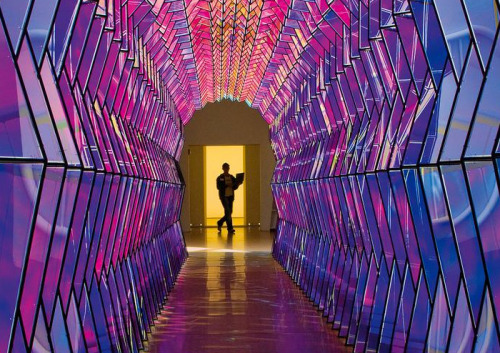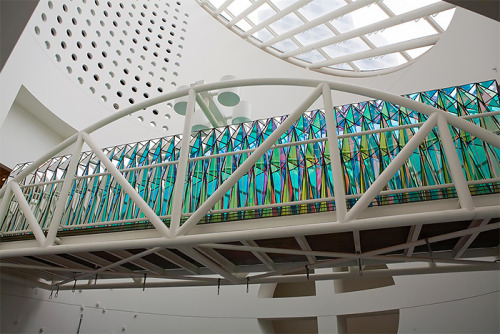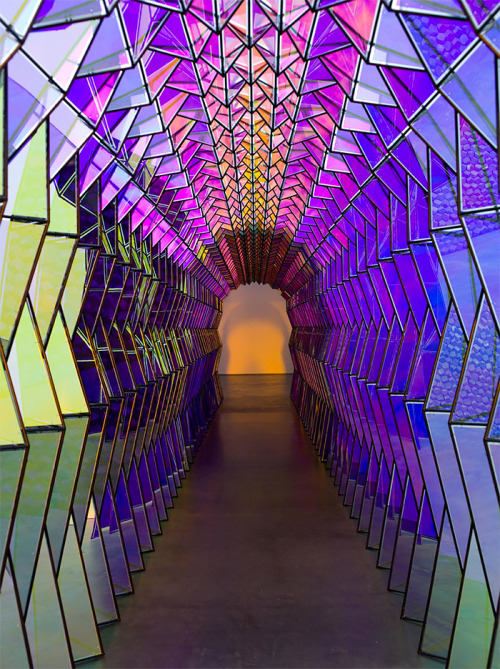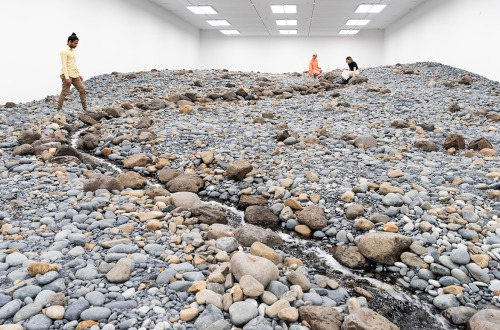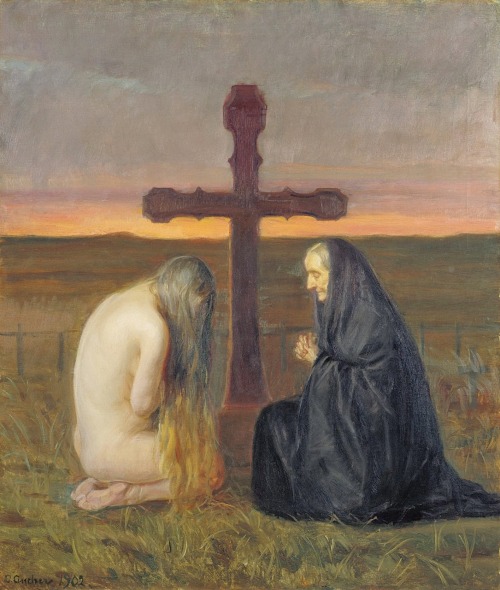#danish artist

Elise Konstantin-Hansen (May 4, 1858 - 1946) was a Danish artist, whose father and brothers were also all artists. She was trained at home, and later by Tuxen and at a private Paris academy. In 1888 she entered the Academy’s Art School for Women, and from 1893 she exhibited regularly at Den Frie. She was also a prolific ceramics artist and late in life also became a writer. Her art focused on nature, esp. bird life.
Above:Strandparti med mågekoloni, 1924 - oil on canvas (privately owned)

Maja Lisa Engelhardt (b. May 2, 1956) is a Danish artist, known for her work in Danish churches, including one of the very smallest, Lodbjerg Kirke, down the road from where I live.
Engelhardt trained at Det fynske Kunstakademi in the late 1970s and has lived in France since 1981. Her husband, Peter Brandes, bought Asger Jorn’s villa in Colombe, outside Paris, and they live and work there.
Her work is often abstract landscape painting, as in this canvas from SMK:
Vej gennem landskab, 2000 - acrylic on canvas (SMK)

Lars Physant (65 today) is a Danish artist who works out a of Naturalist tradition but spikes it up with what he has dubbed multiversal realism, seeing the object, whether a landscape or a portrait, from several angles simultaneously.
Physant is autodidact as an artist, and has lived and worked in Spain for decades. He is mainly known for his portraits of members of the Danish Royal House, but I prefer his more spiritual work and transcendental landscapes.
Above:Transcendens(Vindensfarve), 2014 - oil on canvas

Jais Nielsen (April 23, 1885 - 1961) was a Danish painter and ceramics/glass artist. He was among the first Danes to absorb Cubism and Futurism/Vorticism into his art (he had spent 3 years in Paris from 1911 to 1914), and he shocked the Danish establishment by exhibiting works like this one:
Afgang!/Departure! - 1918 (oil on canvas). First shown at Charlottenborg, Fall Exhibition, 1918 - now at Fuglsang Kunstmuseum.

Erik A. Frandsen is a Danish conceptual artist, and he turns 65 today. He is well-educated in the graphic arts (in Paris), ceramics (in Greece) and sculpture (in Carrara, Italy). Frandsen is also the co-founder of Værkstedet Værst in 1981 with other of the ‘young wild’ generation of Danish artists.
Above is an installation photo from a show at Horsens Kunstmuseum (2013), titled Pilgrimage for an Armchair Explorer, for which Frandsen had made large acrylic paintings, painted sculptures and other objects.
One-Way Color Tunnel by Olafur Eliasson
Danish-Icelandic artist Olafur Eliasson has proved over the years that he’s producing some of the most mesmerizing works of art, playing with light and color, challenging his viewers’ perception of space. In 2007, he created a one-way color tunnel, now in the collection of the SFMoMa (San Francisco Museum of Modern Art), installed on a semi-transparent elevated walkway.
“One-way color tunnel is an arched walkway constructed from triangular panels of color-effect acrylic glass and acrylic mirrors. The panels are assembled into a rugged form, with the longest triangles at the base of the tunnel and the shortest triangles forming pyramidal outcroppings on the ceiling. As visitors move through the passageway, they see a fluctuating display of varied hues caused by the color-effect acrylic glass, which changes tone depending on how light strikes it. When they look back, however, instead of seeing the colorful environment they just passed through, they are met with the dull black backs of the panels, with only hints of color escaping through the interstices.”
As visitors move through the passageway, they see the fluctuating effect of light and reflections created by the color-effect acrylic and acrylic mirrors. On one side, the tunnel’s triangular panels seem completely black; from the other end, a multicolored spectrum shines through, changing as the viewers walks by.
photos courtesy of Olaf Eliasson
[via]The Inspiration Grid
Post link
Olafur Eliasson. Riverbed, 2014. Installer for “Water”, GOMA - 2019/2020
water, volcanic stones (blue basalt, basalt, lava, other stones, gravel, sand), wood, steel, plastic sheeting, hose, pump
Post link
Double portrait of Marie and P.S. krøyerbyMarie Triepcke Krøyer Alfvén (Danish, 1867-1940) & Peder Severin Krøyer (Danish, 1851-1909),1890, Oil on canvas,15 x 18.7 cm, Skagens Museum, Denmark.
The painting is a double portrait, in which the couple depicted each other.
Post link
Griefby Anna Ancher (Danish, 1859 - 1935), 1902, oil on canvas, 86.5 x 73.8 cm. © Skagens Museum, Denmark .
Post link


